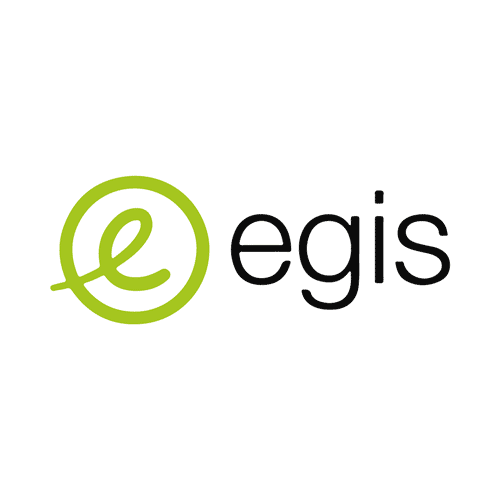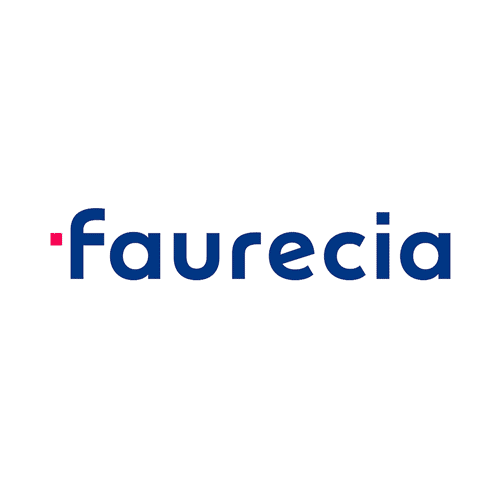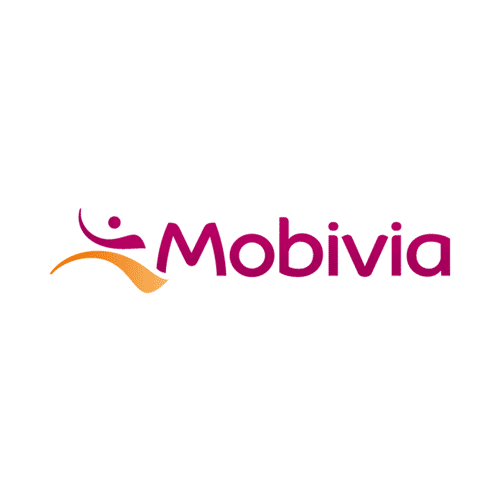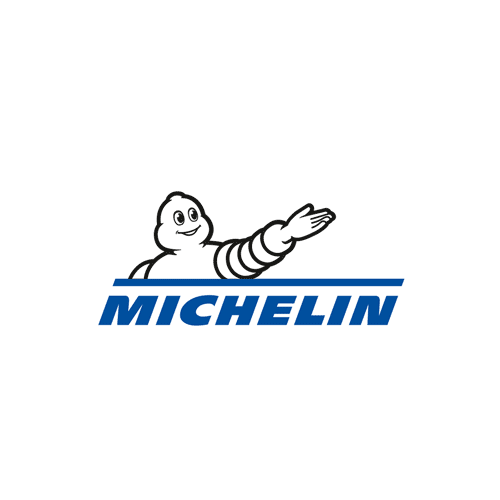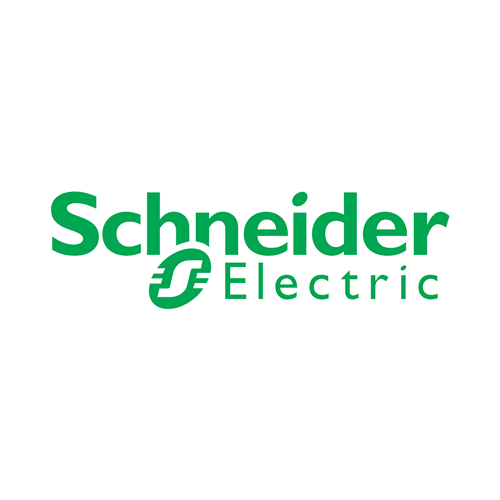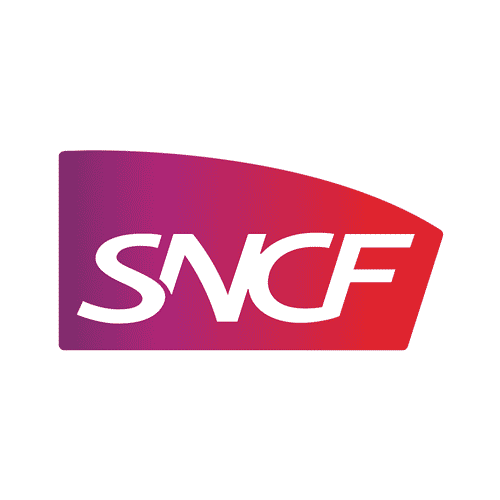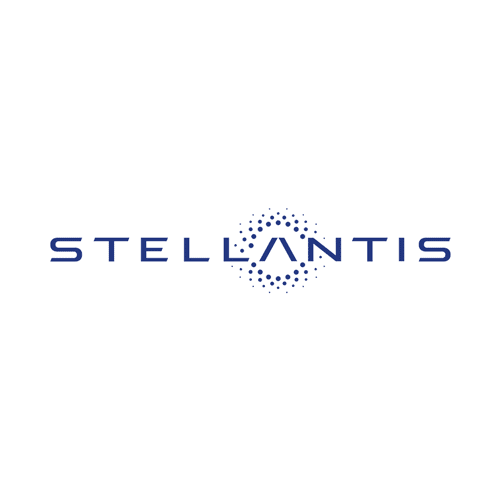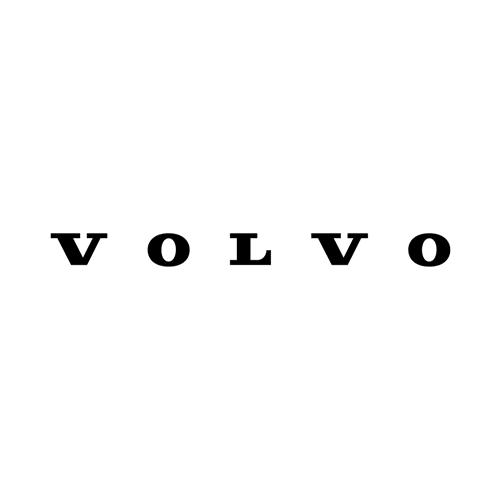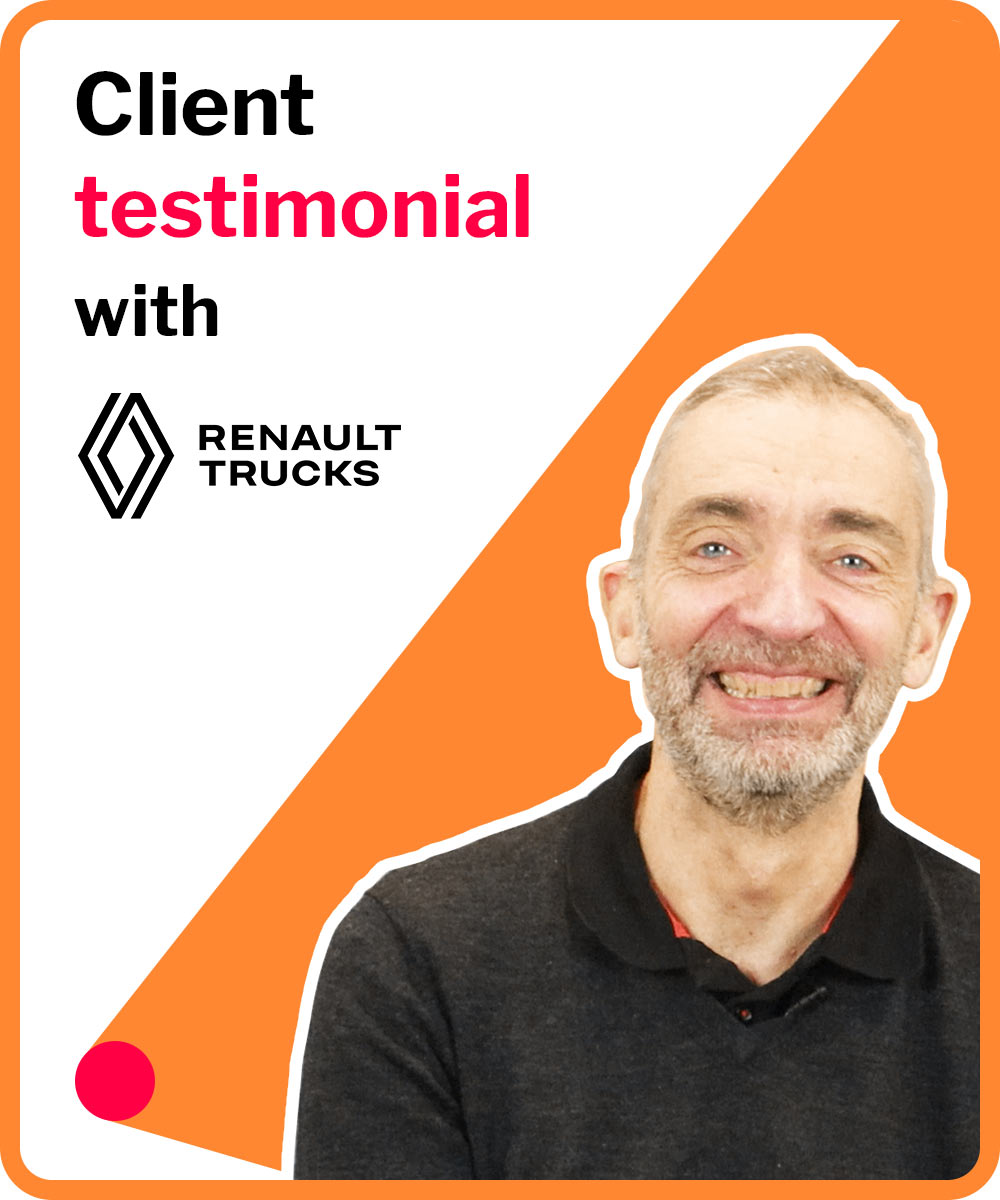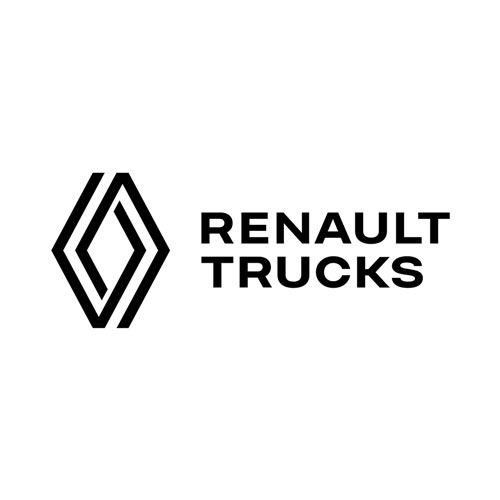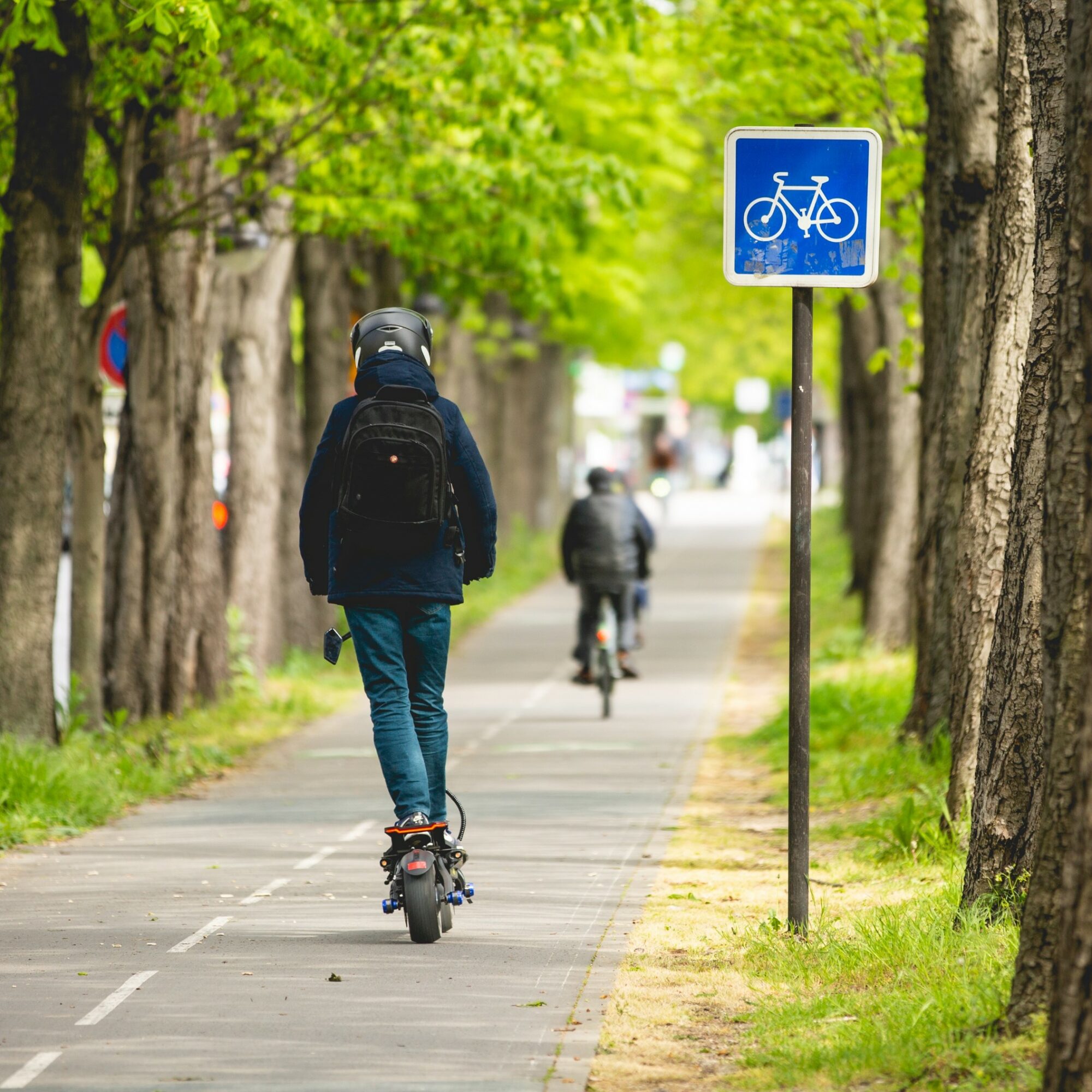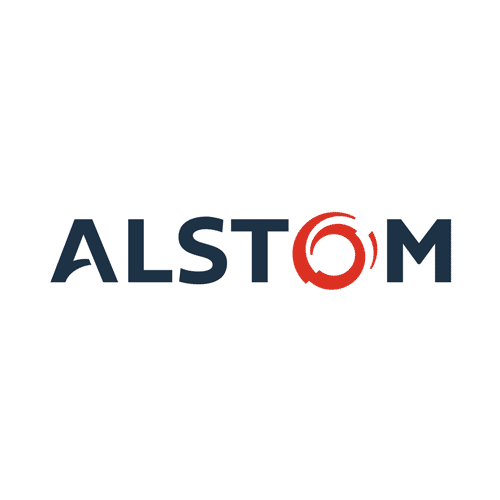
New mobility

Decarbonize your business by developing sustainable mobility solutions
Our specialized team supports large industrial players, SMEs, innovative startups, and public players in their innovation and development projects in the new mobility market and in their energy transition efforts in mobility.
The challenges related to new mobility and sustainable mobility
Given that the transportation sector represents the largest source of greenhouse gas emissions in France, the New Mobility market is experiencing strong growth to meet this ecological imperative. By 2030, 500 million people worldwide could be affected by these new emerging mobility trends.
As a result, developments in new sustainable mobility are articulated around four areas:
- Soft mobility
- Shared mobility
- Electric mobility
- Autonomous and connected mobility
To build these 4 bases of sustainable mobility, collaborations upstream and downstream of the value chain are essential to survive in a sector where competition is growing. Considering the value chain as a whole is a vector of success in meeting the various challenges of mobility of the future, including in particular:
Urban mobility is undergoing a profound revolution with the expansion of regulations aimed at reducing the place of the individual thermal car in the city. This political will therefore opens the way to the development of public transport and micromobility, which is a soft mobility grouping together all the light, compact and portable modes of individual transport such as bicycles, scooters, Segways and other hoverboards. The Covid period has profoundly changed our daily journeys, especially those between home and work, and new urban mobilities have developed. This is particularly the case with the boom in electrical vehicles and their charging stations, but also the expansion of shared mobility with carpooling and car sharing, which partly responds to the problems of rural mobility dependent on individual vehicles such as cars. The New Mobility market opens up the field of possibilities with other innovations such as flying taxis or teleferries (electrical flying ferries).
What are the most relevant new technologies to continue transforming the field of new mobilities? Which technological approach to target for which forms of mobility? And how to go beyond the current limits to address all territories?
New modes of goods mobility are still under development but already very promising, with technologies such as autonomous vehicles or trains, drones for transporting goods or even electrical planes for short-distance flights. With the objective of energy transition in mobility, long-distance freight transportation is witnessing a switch from fossil fuels to the electrification of fleets by hydrogen of renewable origin and biofuels (bioNGV, bioethanol, biomass). The decarbonization of “last mile delivery” will notably involve the expansion of electrical trucks and the delivery of the last mile in soft mobility. In maritime transportation, new fuels, the extension of new routes and the development of sail propulsion are leading the sector on the path to decarbonization. Finally, the decarbonization of air freight transportation is underway with new solutions such as drone delivery, VTOL (Vertical Take-Off Landing) and hydrofoils. It is important to note that the major changes to come in these sectors will come from both regulations and commitments made by private players to achieve carbon neutrality by 2050.
What technological solutions should be put in place to reduce the carbon impact of freight transportation? What are the upcoming developments regarding the regulations of the sector?
New Mobility is seeing the arrival on the market of mobility services, which enable different transportation alternatives to be coherently unified within a single subscription and a single platform. This global vision of mobility, integrating all modes of transportation, is also a springboard for improving the user experience (UX) and positioning itself on the digital and machine learning market.).
On which new mobility offerings will mobility players have to position themselves? How to ensure that these players take the turn of MaaS and go beyond the current limits to meet user expectations?
The public authorities will be major players in supporting new mobilities to orchestrate the energy transition of the territories. This transformation to accelerate the dynamism and attractiveness of territories can be achieved through a sustainable mobility policy established over the long term, mobility plans and mobility packages to promote intermodality, or even mobility solutions in partnership with local private actors. Indeed, companies are already thinking about new sustainable mobility offerings and will be an essential link in reducing the carbon footprint of the transportation sector.
What is the regulatory framework and what path should be taken to obtain and accelerate the expansion of new mobilities? How to support the development of companies in their positioning around sustainable mobility?
How we support you in your projects related to new mobility and sustainable mobility
Alcimed’s strength lies in its in-depth knowledge of the New Mobility sector, acquired through numerous projects carried out for major players in the sector.
We have a specialized team dedicated to its clients in the Mobility, Energy and Environment sectors, and have been carrying out around 50 projects per year in these areas of activity for more than 15 years. Our team works with all players in the value chain, and has thus developed a 360° vision on the subjects of sustainable mobility and an expertise that we put at the service of key leaders such as: Michelin, Renault Trucks, Peugeot, Volvo, Airbus, Faurecia, Egis, RATP as well as SNCF.
The diversity of our clients, the geographic fields we explore, and the types of projects we carry out, give us a global and in-depth understanding of the issues addressed in the field of new mobilities.
Alcimed explores New Mobility trends on a daily basis for its clients, on topics as diverse as, for example: exploration of new solutions for decarbonized maritime transportation, opportunities for the development of charging stations for electric vehicles, competition analysis and study of the urban air mobility market, strategic positioning of new materials in the automotive industry, or the best practices of new geolocation technologies.
What they say


"We wanted to support our customers with charging infrastructure, so it was important for us to approach Alcimed to get an exploratory view of the market, and to find out where we should position ourselves in the value chain."
Laurent Javey
Services & Network Development Director, France
Examples of recent projects carried out for our clients in new mobility
You have a project?
To go further
Founded in 1993, Alcimed is an innovation and new business consulting firm, specializing in innovation driven sectors: life sciences (healthcare, biotech, agrifood), energy, environment, mobility, chemicals, materials, cosmetics, aeronautics, space and defence.
Our purpose? Helping both private and public decision-makers explore and develop their uncharted territories: new technologies, new offers, new geographies, possible futures, and new ways to innovate.
Located across eight offices around the world (France, Europe, Singapore and the United States), our team is made up of 220 highly-qualified, multicultural and passionate explorers, with a blended science/technology and business culture.
Our dream? To build a team of 1,000 explorers, to design tomorrow’s world hand in hand with our clients.
When we talk about “New Mobility”, we mean the different segments of mobility in full expansion: soft mobility, shared mobility, electric mobility or autonomous and connected mobility. This New Mobility is characterized by the use of light motorized vehicles that consume less energy, the development of a service economy which replaces the exclusive use of vehicles, the transformation of mobility in the digital age, and the rediscovery of soft mobility (bicycles and scooters, electric or not, and walking).
“Sustainable mobility” consists in satisfying people’s freedom of movement while seeking to reduce the environmental impact of the means of transport used. Mobility is truly considered sustainable if it drastically reduces greenhouse gas emissions from transportation and has an inclusive and fair social dimension.
The Mobility market is made up of different segments:
- Goods transport, whether by road, sea, air or freight.
- Passenger transport, which can take many forms (road, air, rail, soft…).
These multiple segments make a precise estimate of the size of this market very complex. Nevertheless, the global market is estimated to be worth between 6.8 and 7.3 trillion dollars by 2024.
